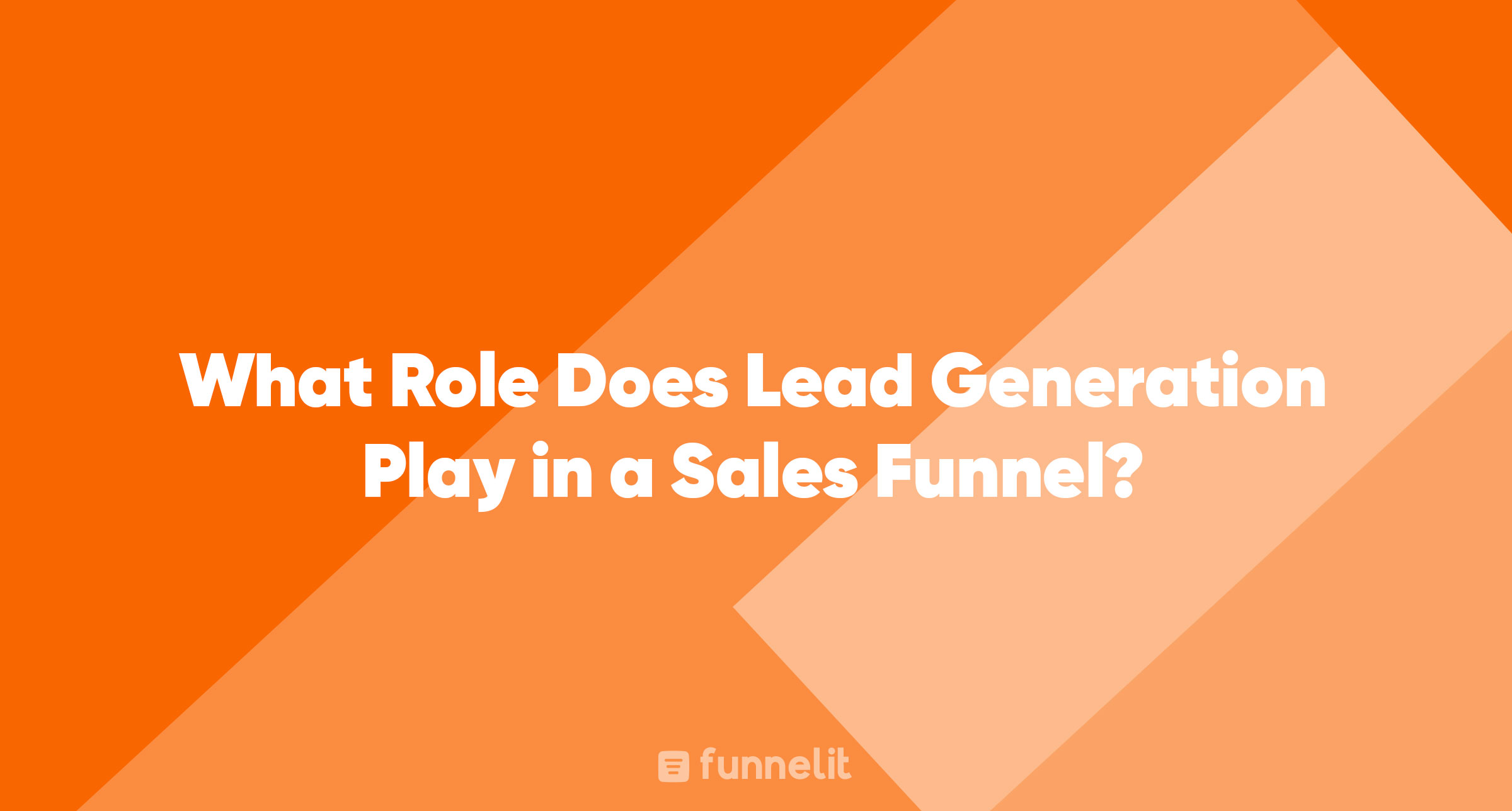Lead generation is a critical component of the sales funnel, playing a pivotal role in the process of identifying and nurturing potential customers. In this article, we will delve into the significance of lead generation and its impact on the various stages of the sales funnel.
1. Generating Awareness
At the top of the sales funnel, lead generation serves as the initial point of contact with potential customers. It creates awareness by bringing your brand, product, or service to the attention of your target audience. Through various marketing channels such as content marketing, social media, paid advertising, and search engine optimization (SEO), you attract individuals who may have a need for what you offer.
2. Filling the Funnel
Lead generation is the mechanism that populates your sales funnel with potential customers. These individuals, known as leads, represent opportunities for your business to engage and convert. The more effectively you generate leads, the more potential customers you have to work with throughout the sales funnel.
3. Qualifying Leads
Lead generation doesn't stop at acquiring any lead; it also involves lead qualification. Not all leads are equally valuable. Some may be more likely to convert than others. By using lead scoring and profiling techniques, you can identify and prioritize the leads that are most likely to progress through the sales funnel.
4. Nurturing Relationships
Once leads are in the funnel, the goal is to nurture the relationships and move them toward conversion. Lead generation provides the foundation for effective lead nurturing. By capturing contact information and permission to engage, you can send targeted content, offers, and messages that guide leads through the funnel.
5. Increasing Conversion Rates
The ultimate purpose of lead generation is to increase conversion rates. By consistently feeding the funnel with high-quality leads and nurturing these leads through the various stages, you create a fertile ground for conversions. A well-optimized lead generation strategy increases the likelihood of turning leads into paying customers.
6. Quantifying ROI
Lead generation efforts are quantifiable, allowing you to measure the return on investment (ROI) of your marketing and sales activities. By tracking the number of leads generated, their quality, and the subsequent conversions, you can assess the effectiveness of your lead generation campaigns and make data-driven decisions to optimize your strategy.
7. Continuous Improvement
Lead generation is an ongoing process that involves continuous improvement. Analyzing lead generation metrics and feedback from the sales team can lead to refinements in your approach, ensuring that you attract more high-quality leads and drive better results.
Conclusion
Lead generation is the lifeblood of the sales funnel, initiating the process of identifying and engaging potential customers. It creates awareness, fills the funnel with opportunities, qualifies leads, and guides them toward conversion. As businesses strive to boost their revenue and grow, an effective lead generation strategy becomes an essential component of their marketing and sales efforts. By understanding the pivotal role of lead generation, businesses can optimize their sales funnel and achieve their growth objectives.
